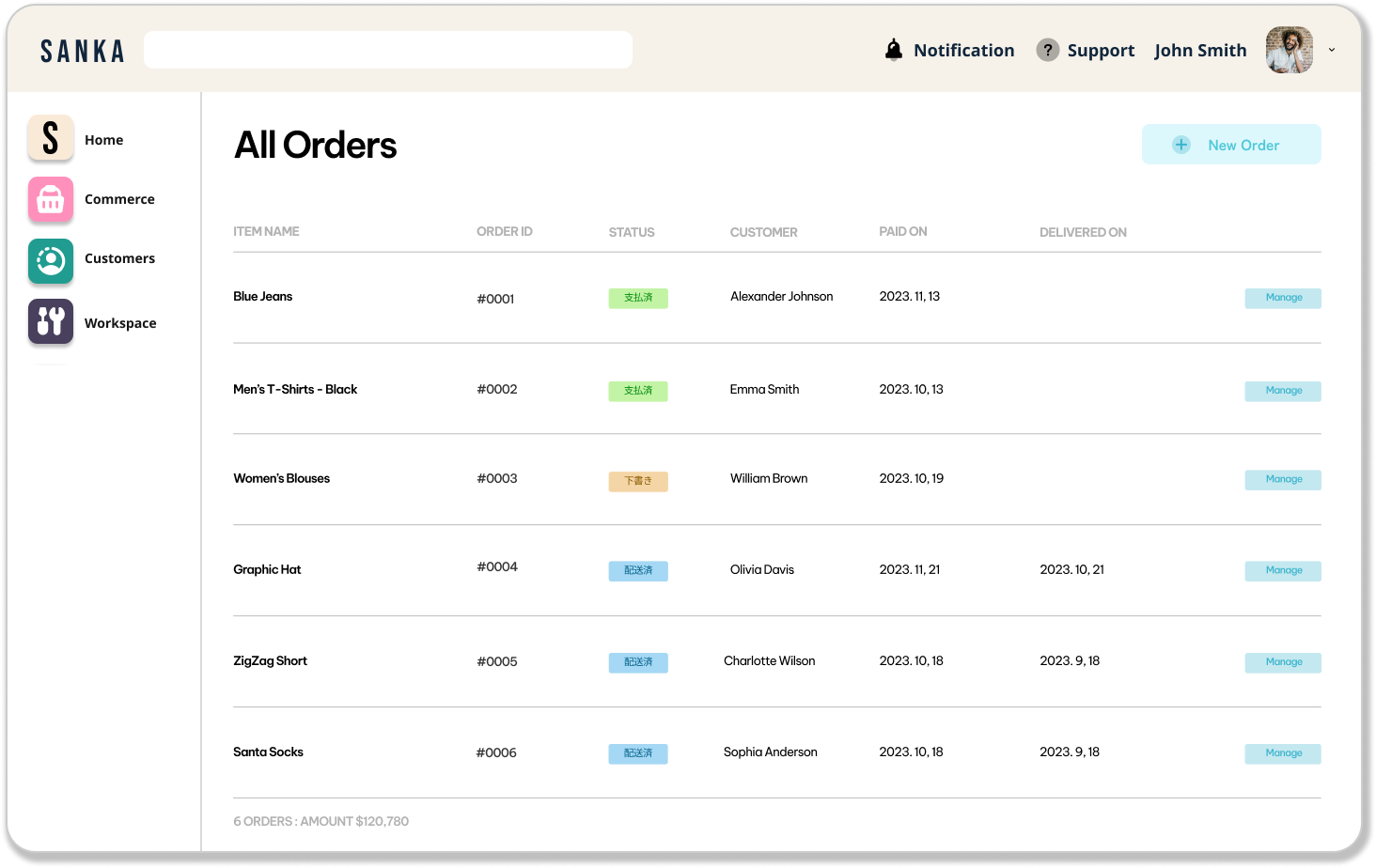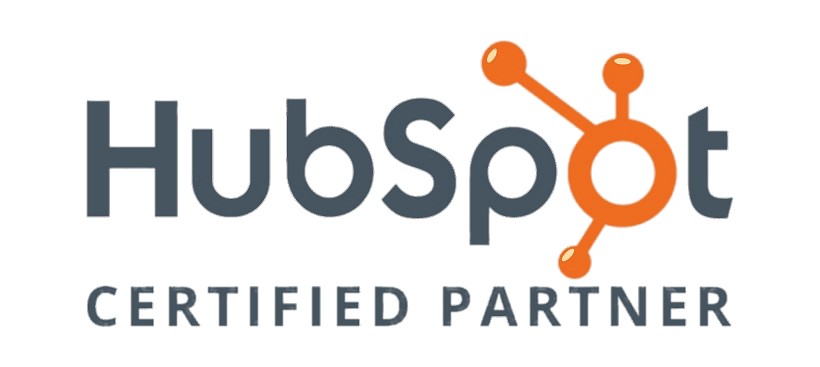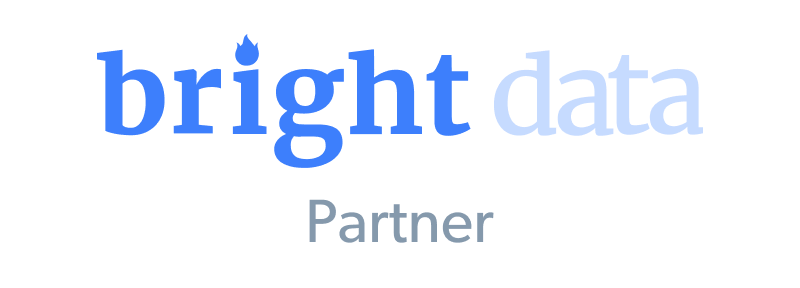Many people want to automate time-consuming repetitive tasks, but do not know what kind of tool to choose.
Since there are various methods of business automation, it is important to choose the method and tool that best suits your company.
In this article, we will explain business automation and introduce automation methods in an easy-to-understand manner.
We will also introduce recommended automation tools, so please refer to this article if you want to introduce an automation tool but have not yet made a decision.
What is business automation?
 Business automation is the process of delegating tasks that were previously performed by people to IT tools.
Automation can reduce labor costs and work hours.
Business automation is the process of delegating tasks that were previously performed by people to IT tools.
Automation can reduce labor costs and work hours.
Repetitive, simple, and computer-based tasks are the easiest to automate, and many companies are automating the following tasks
Accounting - Bookkeeping-related input: deposits and payments, asset management - Human resources: labor time management, payroll preparation - Marketing: Data extraction and analysis - Sales: Sales status surveys, order management
The benefits of automating operations are as follows
- Focus on productive work
- Reduction of costs
- Prevention of human error
Automating simple tasks frees you from repetitive back-office tasks and allows you to spend more time on productive work.
Another benefit of business automation is that it can significantly reduce labor and work hour costs.
While human hands may make mistakes even if they are careful, robots do not make mistakes as long as the human side does not misdirect.
Methods of Business Automation
 There are various methods of business automation, each of which can handle different tasks and scope.
There are various methods of business automation, each of which can handle different tasks and scope.
Typical methods of business automation include the following
- RPA
- API
- OCR
- Macros
- AI
- BPM
Let's take a closer look at each of these.
RPA
RPA (Robotics Process Automation) is a technology that automates tasks by having a robot memorize and replay operations on a computer.
RPA tools are good at repeating and executing simple tasks, and unlike humans, they do not make mistakes.
RPA tools can operate across multiple software and systems on a PC, so as long as the procedures and rules are clearly specified, many tasks can be automated.
The main types of tasks that RPA tools can handle include the following
- Data entry
- Data aggregation
- Information collection
- Inter-system collaboration
On the other hand, RPA tools cannot perform tasks that require imagination and flexible response.
Another important feature of RPA tools is that they can be used by a wide range of people because they do not require the use of programming languages.
API
An API (Application Programming Interface) is an application or piece of software that is made available to the outside world so that it can be linked with software developed by a third party.
APIs can be used to share authentication functions between different applications or services, or to read numerical information from one side and analyze the data in another program.
When APIs are used in business operations, various data can be linked between the business systems used by the company, eliminating the need to manually input data and leading to automation of operations.
Also, since APIs are compatible with a wide range of systems, if e-Gov (e-Government) and e-Tax (e-Filing) are supported, administrative procedures can also be done in-house, saving the cost of visiting public institutions.
Macros
Macro is a function that can be used with Windows Office products to automate work by recording and replaying simple tasks.
It has the same characteristics as RPA tools, but since macros cannot be used outside of Office products, the target tasks are limited.
In addition, macros must be created using the VBA programming language, so they are not easy for anyone to create.
AI
AI (Artificial Intelligence), also known as artificial intelligence, is a system that can reproduce some of the intellectual abilities and actions of humans.
Because it can make independent decisions, it can take over and automate some of the work of humans.
The following are examples of work automation by AI.
- Automatic driving
- Security robots and systems
- Chatbots to respond to inquiries
AI is developing rapidly and will contribute to business automation in various ways in the future.
BPM
BPM (Business Process Management) is a method of visualizing the flow of business, analyzing issues, making changes and improvements, and improving operations through the PDCA cycle.
Business processes are unique to each company and department, and without visualization, even people within the company may not be able to fully grasp them.
BPM is not a type of technology, but a human method, but BPM tools can streamline the improvement of business processes and lead to business automation.
OCR
OCR (Optical Character Recognition or Reader) is a technology that uses an optical device to read handwritten or printed text and convert it into character data.
When combined with RPA, it can automate tasks such as converting information from paper to data, registering it in accounting systems, and inputting it into spreadsheets.
OCR itself is a technology that has been used by companies for about 40 years, but in recent years, AI-OCR, which utilizes AI technology and has improved character recognition rates, has been attracting attention.
Three recommended business automation tools
 As we have reported, business automation is done using a variety of technologies.
As we have reported, business automation is done using a variety of technologies.
Therefore, when implementing an automation tool, we recommend a multifunctional tool that can automate a wide range of tasks.
Here are three recommended tools
- Sanka
- UiPath
- Blue Prism
Let's take a closer look at the features of each.
Sanka
Sanka can automate the widest range of tasks of all automation tools.
The main tasks that can be automated with Sanka are as follows
- Marketing
- Sales
- Recruiting/HR
- Customer Service
Sanka can automate by integrating with all tools and data regardless of format, including APIs, browsers, and PC apps.
It cuts wasted work time by up to 95%, increases productivity, reduces costs, and supports business growth.
Sanka features ease of use with a simple, easy-to-read screen. With no code, anyone can easily streamline their work.
It is free to start with for small teams, and flexible pricing is available for large companies.
UiPath
UiPath is an RPA tool that has been adopted by companies around the world and is positioned as a leading RPA tool in Japan.
UiPath has many products, but the following three are representative ones.
- UiPath Studio, a development tool
- Execution tool "UiPath Robots
- UiPath Orchestrator, a management tool
UiPath has a Community license that can be used free of charge.
UiPath is recommended for those who want to start a full-fledged RPA tool with no code and intuitive operation for free.
Blue Prism
Blue Prism is a product of Blue Prism, the long-established RPA vendor that coined the term RPA.
It can be horizontally deployed across the entire company and is good at large-scale operation and management.
Even those without programming knowledge can express the flow of work with drag-and-drop mouse operations.
At the same time, it is attractive in that it can be applied to meet the requirements of professionals with programming knowledge.
Conclusion
Business automation is to entrust IT tools with tasks that used to be performed by people. It can reduce work hours and labor costs, which can then be allocated to more productive tasks.
There are a variety of methods for automating tasks, but the most common is RPA, which allows robots to record and replay tasks. Other examples include APIs that connect applications, and AI tools that are undergoing remarkable development.
It is best to choose an automation tool that can cover a wide range of tasks so that it can automate a variety of operations in your company.
Sanka is an automation tool that can cut up to 95% of the time wasted on operations. It can be integrated with all tools and data, and its simple screen allows anyone to automate operations intuitively.
Sanka is free to start, so please experience its ease of use first.








